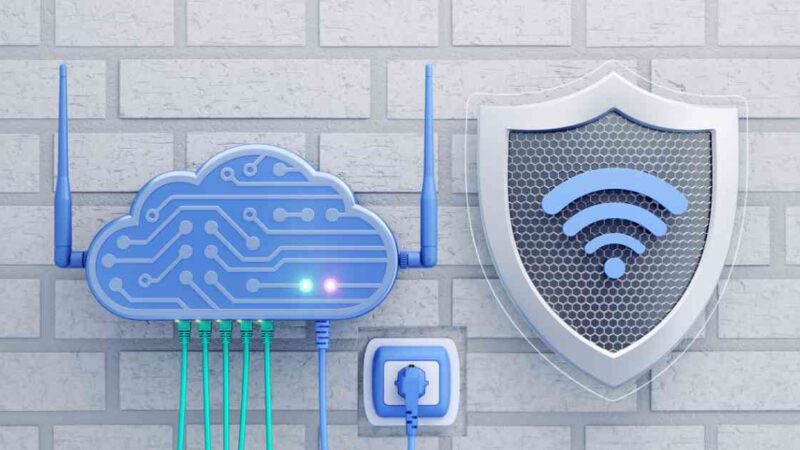Be ITK – New TV tech explained

Frankly, TVs develop at a frightening pace and staying abreast of what technology to look for can seem like a full-time job, loaded with enough jargon to make even a tech-savvy youngster confused.
It’s the constant renewal that can make understanding new TV tech harder. 15 years ago, the must-have TV tech was Plasma, nowadays there are no plasma TVs in production. It’s all LED, and not just one type – there are at least three discreet types available, with more just around the corner. The market can be a confusing place.
Don’t fear though, we’re running through the important new TV tech that you should be aware about. So, when it comes to TV shopping, you’ll know what’s the best 32-inch smart TV on sale.
What is a smart TV?
Perhaps the most important feature to look for with a modern TV is that it’s ‘smart’. This basically means that the TV can connect to the internet and communicate with other smart devices, an important feature that’ll allow you to access streaming services (like Netflix), catch-up services (like the ITV Hub) and other digital content like YouTube, Instagram and weather apps.
The main appeal of a a smart TV is that it will give you near-limitless content to stream, from films to live sports events.
OLED and QLED
You should be looking for an LED (light emitting diode) TV If you’re after the latest tech, but it’s worth knowing that there are two main types of high-end LED available: OLED and QLED.
OLED stands for Organic LED and is considered the pinnacle of current LED technology. Most TVs require a backlight to provide brightness but and OLED TV is self-emitting and therefore has a quicker refresh rate. This means that if you’re a keen gamer, OLED makes sense because of the rapid refreshment.
QLED on the other hand means the very scientific sounding Quantum Dot LED. This TV technology makes use of phosphorescent nanocrystals to enhance colour quality, resulting in some simply awesome image clarity and colour depth. If you’re a huge film buff, QLED makes the most sense.
To further complicate matters, Micro LED is gearing up to be the next big thing in TV technology, but that wont ne for a good few years yet.
4K and 8K
Remember when Full HD, also known as 1080p, was the must have tech for a TV? This resolution for TVs was a huge step up but pales in comparison to the 4K and 8K TVs on sale today. To explain it simply, a 4K TV has four times the number of pixels than a 1080p TV, while an 8K example has eight times the number of pixels. All of this means better picture quality and a higher price tag. These TVs also tend to be on the larger side so won’t be much use as a second TV in the bedroom or kitchen.
Also, be warned that terrestrial TV isn’t 4K yet (it’s barely 1080p) and while there’s a lot of streaming and video games that can be displayed in 4K, you’ll have very slim pickings for 8K examples currently.
HDR
A must-have feature for getting the best colour depth possible, HRD stands for High Dynamic Range. Any TV equipped with this technology will have noticeably crisper whites and darker blacks, it’ll make everything from video games to films look a little better and more realistic. HDR10+ is the latest example of this tech.






